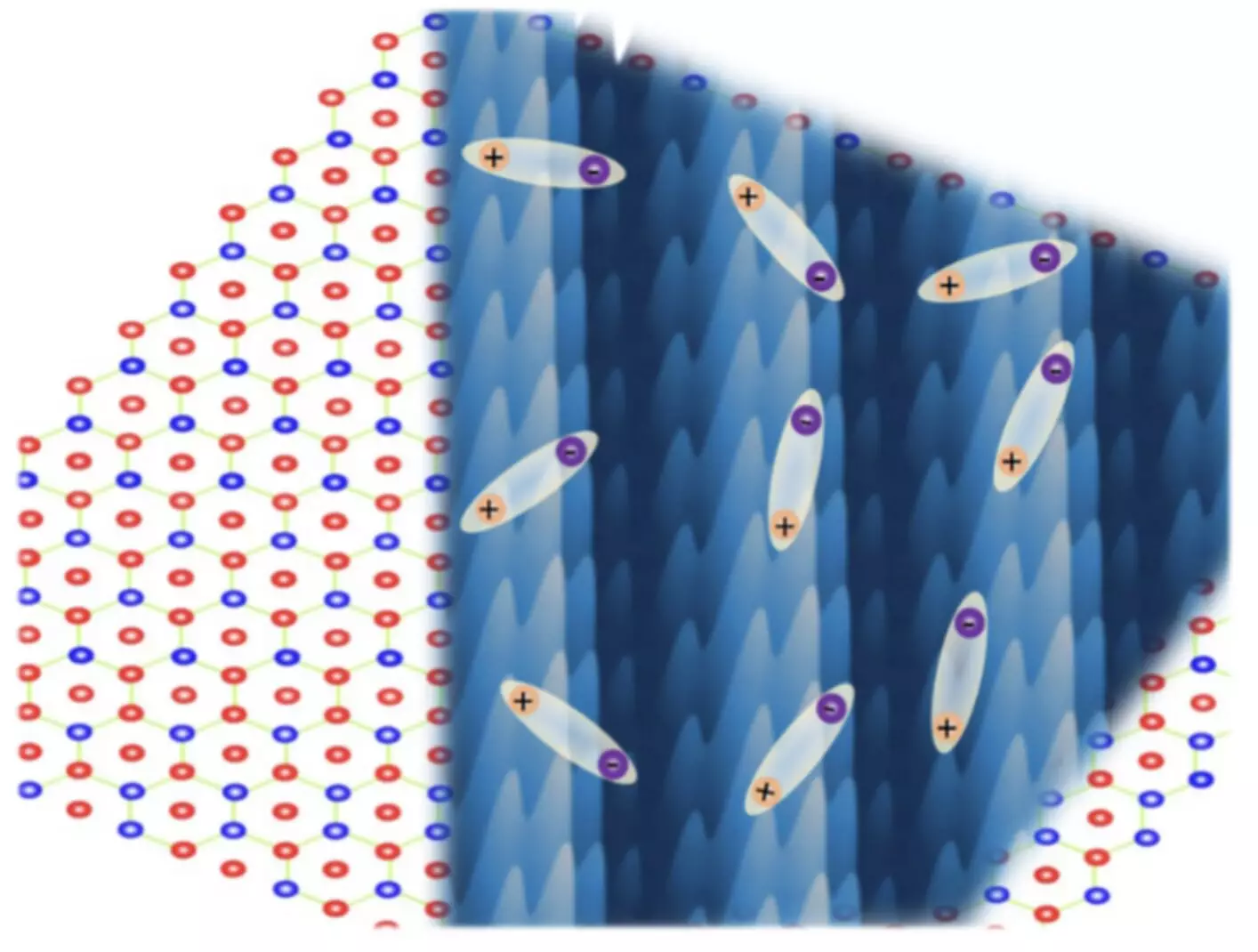The discovery of charge density waves (CDW) and the transition of materials into an excitonic insulator phase have opened up new possibilities in the field of quantum physics. Recently, a team of researchers from Shanghai Jiao Tong University, along with other institutes, conducted a study to investigate the potential occurrence of metal-insulator transitions and excitonic CDW in atomically thin HfTe2. The findings, published in Nature Physics, shed light on the existence of excitonic CDW and metal-insulator transitions in this material.
To identify the presence of an excitonic insulator, the researchers analyzed various mechanisms that contribute to the formation of CDW in materials. Peng Chen, the corresponding author of the study, explained that previous research by their team focused on two-dimensional transition metal dichalcogenides, such as TiSe2 and ZrTe2. Although lattice distortion was observed in these materials, it was not considered the primary driving force behind the phenomenon.
Building on their previous work, the researchers turned their attention to thin films of HfTe2 to investigate the potential occurrence of CDW and metal-insulator transitions. After successfully observing these phenomena, they conducted phonon calculations to confirm their findings. Surprisingly, the calculations demonstrated that single-layer HfTe2 did not exhibit any structural instability, and Raman and X-ray diffraction measurements provided strong evidence for the electronic origin of the metal-insulator transition in this material.
Exciton condensation is greatly influenced by carrier concentration near the Fermi surface. Peng Chen highlighted the importance of a small number of carriers and a balanced concentration of both n-type and p-type carriers in promoting exciton condensation. The researchers discovered that even a small amount of n-type doping significantly increased the transition temperature of single-layer HfTe2, distinguishing it from other types of transition mechanisms like Peierls-type CDW.
Lowering the dimensionality of the material reduces the screening effects around the Fermi level, which favors exciton condensation. The team successfully prepared single-layer and multi-layer HfTe2 thin films using molecular beam epitaxy. Their angle-resolved photoemission spectroscopy measurements revealed a metal-insulator transition when the thickness was less than three layers. At low temperatures, the valence band top formed a flat band, creating a gap near the Fermi surface. Additionally, folded bands appeared near the point, a characteristic feature of CDW formation.
The discovery of an excitonic insulator in natural solid HfTe2 opens the door to further studies on the interaction between excitonic insulating states and other orderings such as topology and spin-correlated states. This significant finding serves as a foundation for exploring exotic quantum effects. In their future work, Peng Chen and his colleagues plan to delve deeper into the quantum insulator phase they observed, striving to better comprehend its underlying physics.
Excitons, unlike traditional Cooper pairs in superconductors, possess a larger binding energy, making them suitable for condensation at higher temperatures. Consequently, the investigation of excitonic insulators holds considerable importance in unraveling phenomena such as high-temperature superconductivity and superfluidity.
The study conducted by the research team from Shanghai Jiao Tong University provides substantial evidence for the existence of excitonic CDW and metal-insulator transitions in atomically thin HfTe2. The findings pave the way for further exploration of excitonic insulating states and their effects on various quantum phenomena. By advancing our understanding of these complex systems, we can make significant strides in the field of condensed matter physics and potentially unlock groundbreaking technological applications.


Leave a Reply